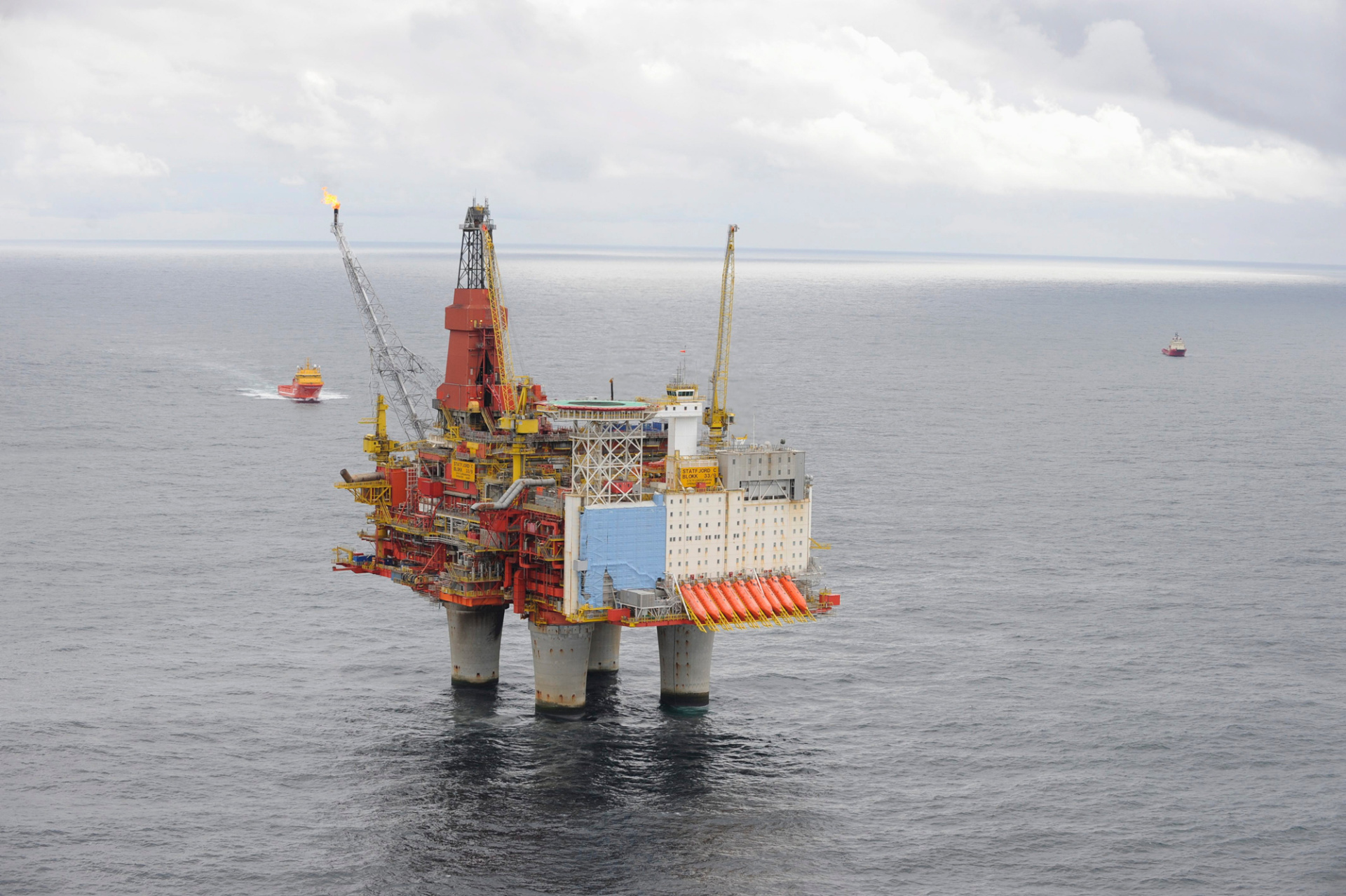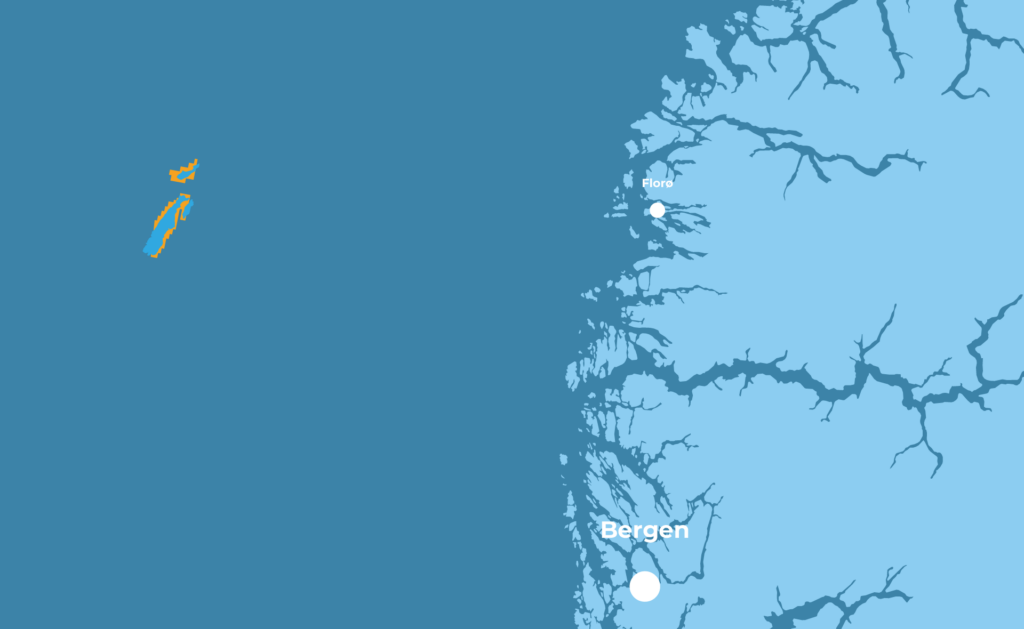Development
Statfjord has been developed with three fully integrated concrete facilities: Statfjord A, Statfjord B and Statfjord C. The satellite fields Statfjord Øst, Statfjord Nord and Sygna have a dedicated inlet separator on Statfjord C. A PDO for Statfjord Late Life was approved in 2005.
Reservoir
Statfjord produces oil and associated gas from Jurassic sandstone in the Brent and Statfjord Groups, and in the Cook Formation. The Brent and Statfjord Groups have excellent reservoir quality. The reservoirs are at depths of 2500-3000 metres in a large fault block tilted towards the west, and in several smaller blocks along the eastern flank.
Recovery
The field was originally produced by pressure support from water alternating gas injection (WAG), water injection and partially gas injection. Statfjord Late Life entails that all injection now has ceased. To release the solution gas from the remaining oil, depressurisation of the reservoirs started in 2007.
Transport
Stabilised oil is stored in storage cells at each facility. Oil is loaded onto tankers from one of the two oil-loading systems on the field. Since 2007, gas is exported through Tampen Link, and routed via the Far North Liquids and Gas System (FLAGS) pipeline to the UK.
Status
Read more about Statfjord on Norwegian Petroleum's website.


